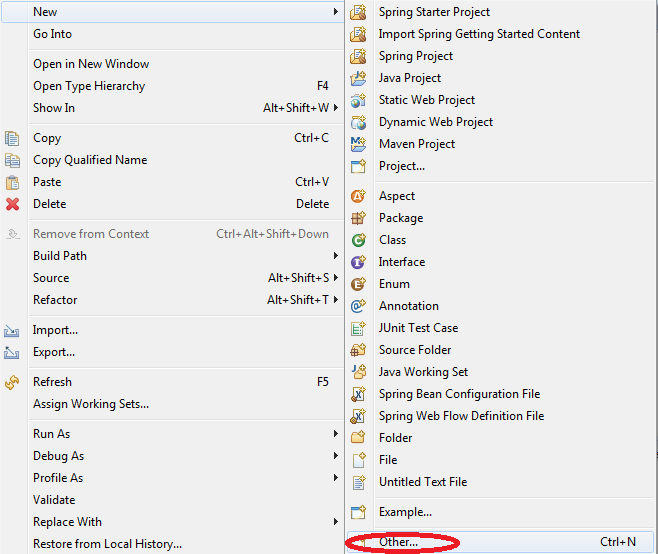


Fortunately, most common problems with UCLS files can be solved without in-depth IT knowledge, and most importantly, in a matter of minutes. Remaining primitive types from the ExtendedPO2 model.Problems with accessing UCLS may be due to various reasons. Ï¿½Write code to programmatically create the For example, we could create a primitive type With the specified name as one of its packaged elements. Method �to ask the package to create a primitive type We call the createOwnedPrimitiveType ( String) convenience factory Information on the program�s status: � public static boolean DEBUG = true ���� protected static void out(String output)

The code snippets we�ll showĪssume you�ve defined the following utility methods to give the user That you�ve created a class (named, say, �GettingStartedWithUML2�) in which youĬan write some code to construct our sample model. Now, toįollow along with the programmatic approach to creating models, we�ll assume OK, that should be enough to get us going with the UML editor. With UML2�) and press the Finish button.Īt this point your workspace should look something like this: To create a simple project for this article,Ĥ) Select the Project wizard from the Generalĥ) Enter a project name (i.e. This project will serve as the container for the model that we�llĬreate using the UML editor. The ExtendedPO2 model isīefore getting started, you�ll need to create a simple project in your How to accomplish the same thing using Java code. For each type of element, we�llįirst explain the creation process using the sample UML editor and then explore The more common elements that make up a model. Ï¿½bible� ) as an example, we�ll look at what�s involved in creating some of Using a simple model (the ExtendedPO2 model, shamelessly �borrowed� from the EMF This article will walk you through the basics of creating models using UML2. The Ganymede\Model and Model Development tree item.Ĥ) �Select UML2 End-User Features and UML2Īt this stage, UML2 2.2 and all dependencies should be installed. You can either download the zips individually and expand them out or follow theģ) �Select the Available Software tab and expand To start using UML2 (and to follow along with the example in this article),


 0 kommentar(er)
0 kommentar(er)
